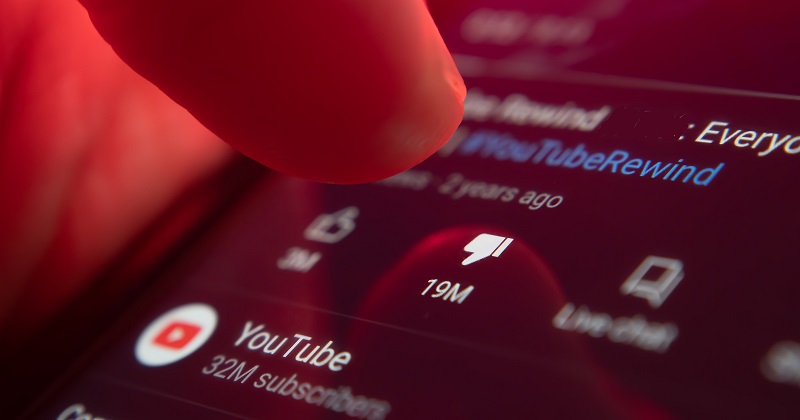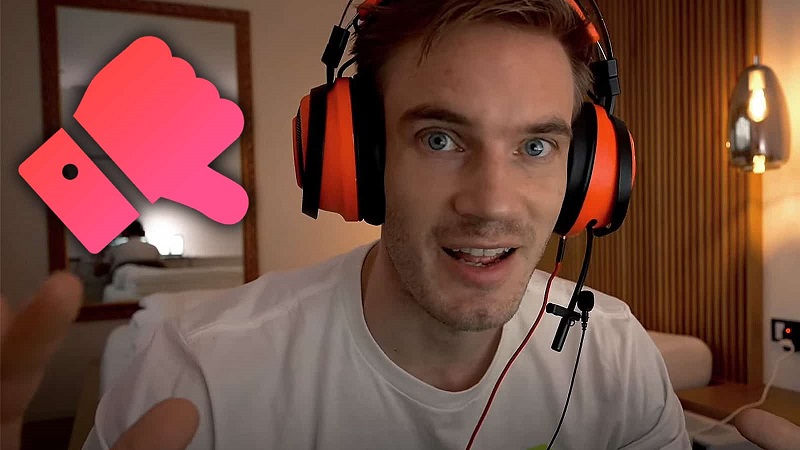
The Silent Revolution: YouTube’s Decision to Disable Dislikes
It’s hard to think of a platform that has influenced the digital content landscape as profoundly as YouTube. For years, the video-sharing platform has thrived on a democratic ecosystem, where users express appreciation or displeasure through likes and dislikes. Yet, a significant change rippled through the community when YouTube decided to disable the public count of dislikes. So, how has this alteration affected YouTube and its community of content creators?
The disabling of public dislike counts wasn’t an isolated decision but a part of broader attempts to make online platforms healthier spaces. While some creators welcomed the move, seeing it as a step towards curtailing hate campaigns, others viewed it as an impediment to user feedback. Let’s delve into the multifaceted consequences of this decision.
The Aim: Curtailing Hate Campaigns and Echo Chambers
One of the chief reasons YouTube cited for this change was to prevent “dislike mobs” from targeting specific creators or videos. Such orchestrated campaigns could demotivate creators, especially those starting, from sharing content. By concealing the dislike count, YouTube hoped to lessen the impact of these negative campaigns.
Moreover, it was observed that many users would often dislike a video simply because it already had many dislikes, even without viewing the content—fostering a sort of echo chamber. The removal aimed to halt this behavior.
Creator’s Dilemma: A Mixed Reception
For many creators, especially those subjected to online trolling or hate campaigns, the move was a breath of fresh air. It meant one less metric to worry about, one less tool for haters to misuse. They felt it could foster a more positive environment for content creation.
However, others argued that dislikes were essential feedback tools. By publicly displaying the ratio of likes to dislikes, creators could gauge how well their content was received. The silent disapproval, they felt, would stifle their growth and the evolution of their content.

Viewers at a Crossroads: Utility vs. Toxicity
From the viewers’ perspective, the dislike count was more than a tool for expressing dissatisfaction. It served as a guide to assess the quality or reliability of content, especially in areas like tutorials, product reviews, or news. A high dislike count often indicated misleading titles, poor content, or misinformation.
A Business Perspective: The Platform’s Evolution
While the focus has often been on creators and viewers, it’s essential to consider YouTube’s standpoint as a business. Disabling dislikes can be seen as a move to make the platform more advertiser-friendly. In a space less rife with negativity, brands might be more inclined to invest in advertising, which remains YouTube’s primary revenue source.
This change can also be viewed as a step towards YouTube’s evolution as a platform. As with any major platform change, it showcases the continuous balancing act between user experience, creator welfare, and business interests.
